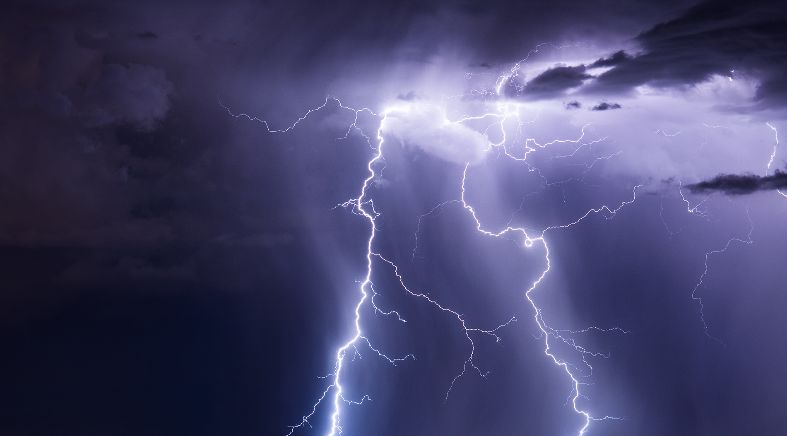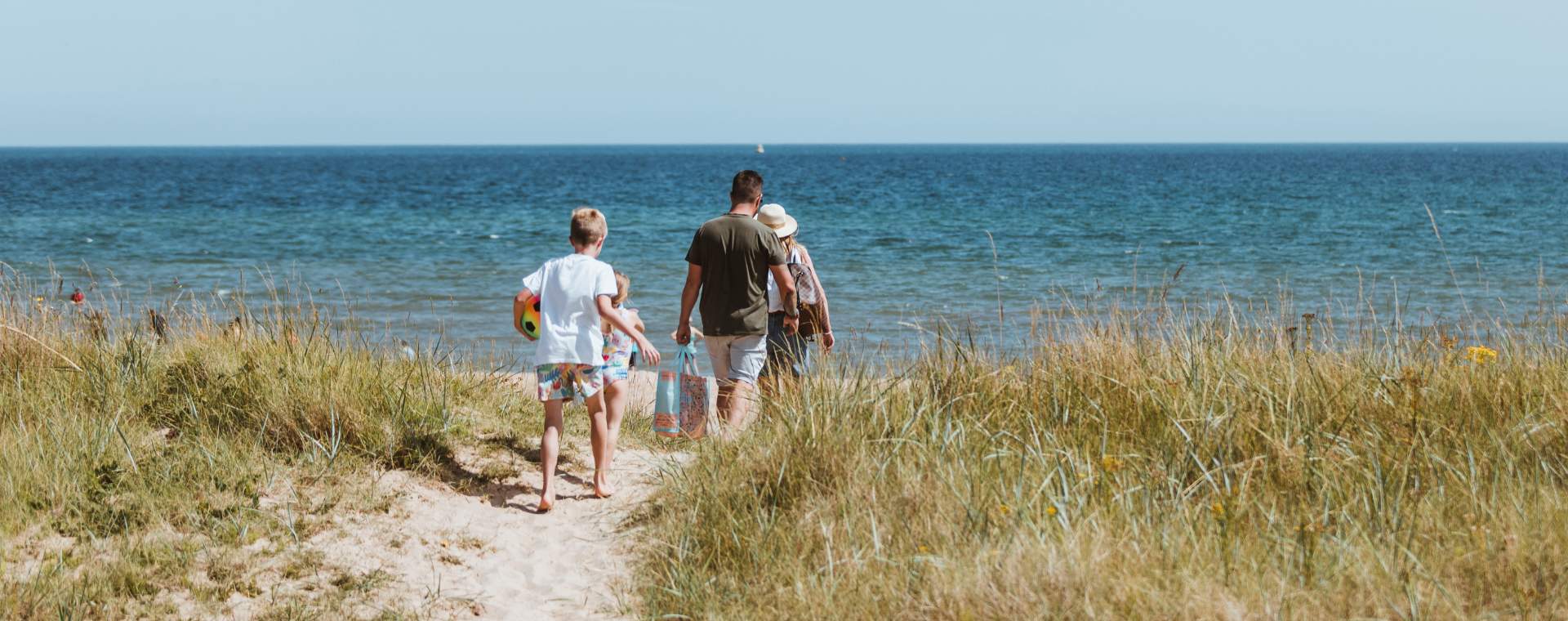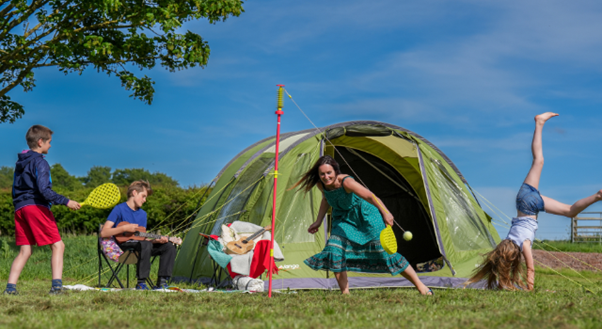An estimated 80 tropical storms occur annually on the planet. The affected regions are in the Atlantic Ocean, the eastern, western and southern Pacific Ocean. However, climate change is making these storms increasingly challenging to predict.
The Ft. Worth storm shelters play a significant role since they become homes to thousands displaced by storms.
In this post, we look at the damages caused by a storm, how to prepare for and the lessons you can learn from storms.
The Damage Caused by Storms
The main consequences of these storms are, without a doubt, the major floods that generate and cause significant damage.
- A total or partial collapse of houses and other works
- Total or partial loss of roofs, both roofs and waterproofing mantles
- Fall of trees
- Partial interruption of roads
- Fall of poles and cables of the electrical and communication lines
- Effects on certain crops
Although they cannot be considered catastrophic, the temporary consequences of these damages are the interruption of communication services and electricity, the water supply, the isolation of populations, the need to relocate the occupants of the affected homes, and the partial loss of some crops, among others.
These adverse events expose and reveal the structural and logistical vulnerabilities that exist and must face, and this is the main lesson that we must learn. That is why some decisions must be made on time since what is invested in reducing vulnerabilities means savings and reduction of mitigation tasks.
Although tropical storms generate significant catastrophic effects on the populations where they occur, they can also become essential mechanisms of atmospheric circulation, balancing and stabilizing temperature, significantly reducing the effects of droughts or transporting heat from the tropics to the regions.
How To Prepare for a Storm Floods
The forecast should cover the elimination of the following vulnerabilities:
The buildings that present structural damages must be eliminated or reinforced according to the threats to which they are subjected.
If houses with structural weaknesses cannot be reinforced, their occupation should be prohibited.
Regarding the covers and mantles, they must be placed in compliance with technical standards and repaired as soon as it is evident that they are weakened.
Trees that are not resistant to winds, both located in towns and those located along highways and roads of prime importance, should be progressively cut and replaced.
It is necessary to regularly prune, especially before and during the cyclonic season, all the trees whose leafiness constitutes a factor of vulnerability to the winds.
The lighting and communications poles should be systematically inspected to reinforce or replace those that present a risk of falling.
It is advisable to harvest the crops as soon as possible, given the threat of floods and strong winds.
The construction of houses or other works in the floodways and floodplains of rivers should be prohibited unless their design is prepared to withstand such events.
These lessons should be considered when developing annual, medium and long-term plans for reducing vulnerabilities at the municipal level, allocating funds to the government plan.
It is also essential that people know the dangers that threaten the plots where they plan to build their homes or other facilities. The physical planning department must prohibit new settlements in areas exposed to uncontrollable dangers.
It’s essential to be well prepared before a storm strikes. To do this, you have to:
- Prepare a stock of food.
- A first aid kit
- Check that your vaccines are up to date.
- Stock up on tools that can be useful (ax, saw, buckets, hammer, candle)
- Consolidate your roof
- Stay tuned for weather reports.
What to do when the storm hits?
Protect yourself and your family
1. If you are in a building:
- Close windows and doors as best as possible, then direct everyone away from windows and porch.
- Avoid going outside as much as possible. You risk receiving projectiles and also do not drive around.
- Please do not pick up your children from school; the school takes care of them.
- If the authorities or the emergency services ask you to leave your house, remember to take your identity papers with you.
- Turn off the electricity and gas, and unplug all devices.
- Turn off the fireplace.
2. If you are outside:
- Beware of flying objects that will be more or less heavy; do not hesitate to lie down on the ground to evade them.
- Stay away from the roof, trees, pylons, but also electrical wires that have fallen to the ground.
- Stay away from waterways and seashores.
If you were driving:
- Stop on the roadside, away from trees, pylons or equipment that could fall on the vehicle and preferably face the wind.
- Turn on your hazard lights to stay visible.
- Avoid areas bordering waterways and seaside.
- Protect your assets
Clearance After the Storm
Several operations, such as cleaning and clearing, are necessary to overcome the consequences of the storm. Remember to keep the invoices if you use companies. Your insurer can compensate for this cost.
Watch out for fallen electrical and telephone wires. If the electricity has been cut for several hours, check the food’s preservation status in your refrigerators and freezers.
Activities such as pruning, roof repair, call in a professional such as structural engineer Dallas or strictly follow the safety rules for this type of work.
Six Lessons to Learn From a Storm
1. Respect Flood Zones
The most important axis of intervention to significantly reduce flood damage is to respect floodplain areas. The reality is that floodplain areas have been increasingly occupied in recent decades with housing, infrastructure, and equipment of all kinds, increasing the population’s exposure and the damage both financially and in human lives. It must be remembered that the competences in spatial planning and urban planning are autonomous and municipal, not a state.
On the other hand, the Flood Risk Management Plans’ regulations of each demarcation should explicitly include the obligation that all municipal general plans for urban planning are adapted to the demarcation’s contents and regulations.
2. Return space to rivers
It is about de-channeling and eliminating patches, boulevards and channels upstream from urban areas and returning part of their overflow spaces to rivers, boulevards and channels, allowing a soft flood, without damage to people and with little damage to property. This soft flooding in suitable areas, occupied by natural vegetation, wetlands, or specific agricultural uses, prevents or reduces the downstream avenue’s impact,
The measures to be promoted include restoring their space to rivers through proper management of river territories. A well-managed and respected river territory allows the preservation or recovery of hydro-geomorphological dynamics, obtaining a continuous riparian corridor that would guarantee ecological diversity and improve and consolidate the river landscape.
Establish and adequately manage the river territory to alleviate the damage caused by floods requires
3. Implement Natural Water Retention Measures in Agricultural Areas
There are actions set to promote water and soil conservation. These practices include, among other possible actions, the following:
- The recovery of natural vegetation in agricultural areas, at different scales. In this way, the infiltration capacity increases and, above all, runoff is reduced and slowed down, reducing flood peaks downstream.
- Recovery of the natural drainage network: Intensive agriculture tends to eliminate or seriously alter the natural drainage network state, especially in very flat areas. All these alterations prevent the drainage network from working properly during episodes of rain. Recovering the natural drainage network means respecting its layout, even in flat areas.
- Maintaining a green cover on crops: Both in tree crops and non-cultivated plots, maintaining a green cover with suitable herbaceous species is a question. This helps to retain sediments and favor infiltration in the event of rainfall.
4. Implement Urban Drainage systems
The urban drainage systems cover a wide range of measures. These are different actions aimed at reducing flood damage in urban areas. These measures include filtering surfaces, draining soils, ponds and flooded gardens, and a substantial increase in vegetated areas, among other measures.
5. Eliminate Housing and Infrastructure in High-Risk Areas
It is urgent to carry out a census of homes and facilities in high-risk areas, either due to a high risk of flooding or due to cases of high social vulnerability. These situations must be studied individually, and in many cases, the measure to be applied will be the transfer.
6. Promote a Communication Strategy on the Need for Adaptive Management in the Face of Floods
A comprehensive strategy against floods must include education in uncertainty and a culture of risk. It is essential to count on the riverside inhabitants, developing education, social communication and training programs that allow modifying the public perception around rivers and the role of floods.
What to Do After the Storm?
- Check the damage before clearing and cleaning and take pictures of the damage.
- Examine the walls, floors, doors, stairs and windows to ensure there is no risk of collapse.
- Try as much as possible to keep damaged or destroyed items as evidence.
- Ask for repair or replacement quotes from water damage extraction companies.
I believe you got help here on how to prepare for a storm. Please share with us the lessons you’ve learned.










